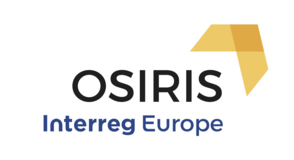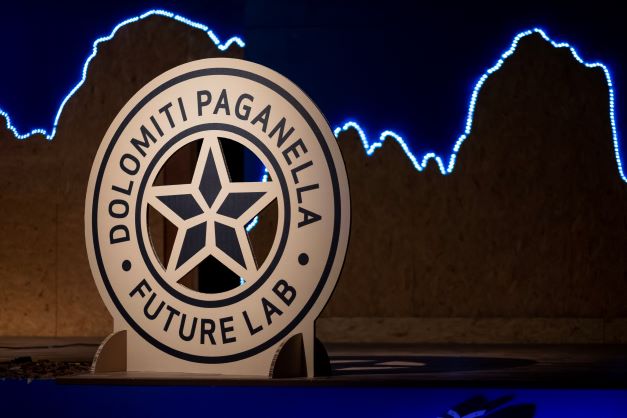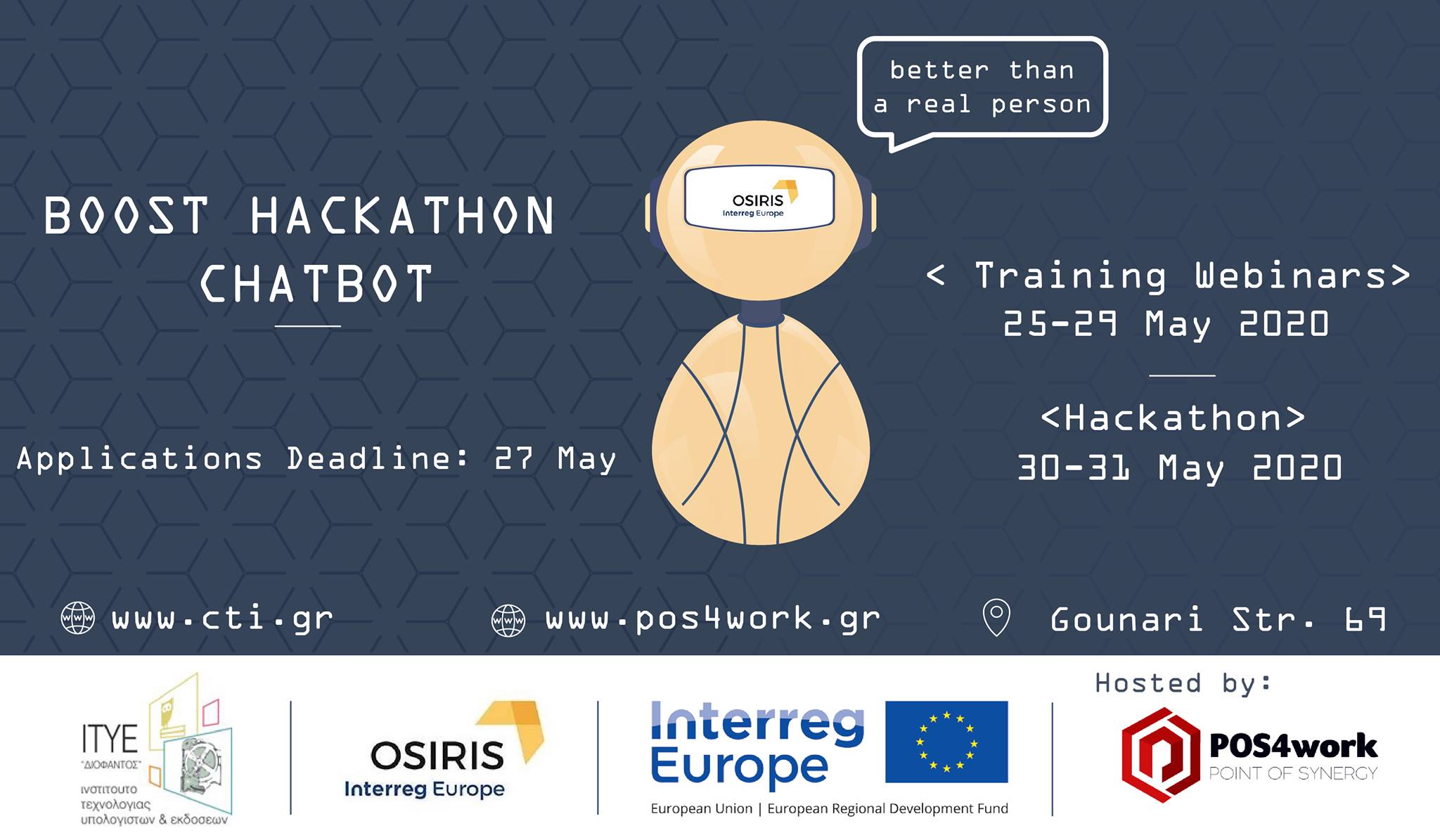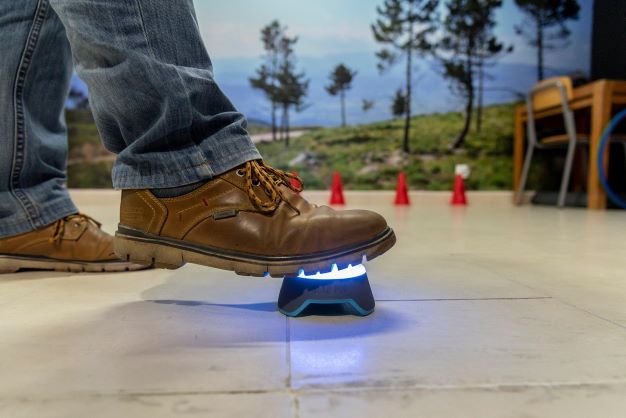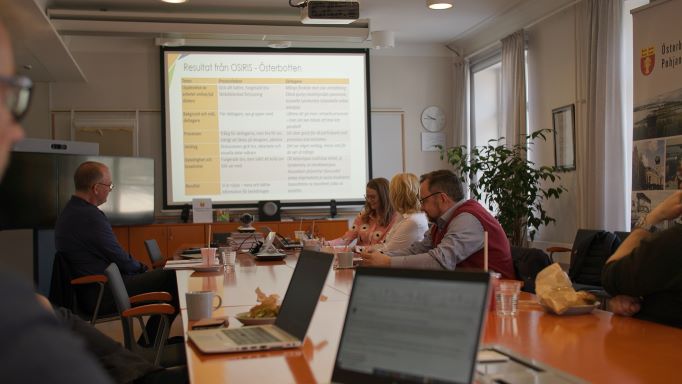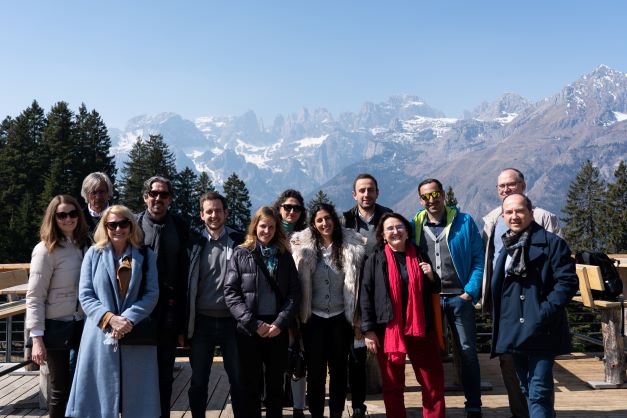Drenthe is one of the three northern provinces of the Netherlands. Drenthe maintains important economic links with the rest of the Netherlands and, to an ever increasing degree, with Germany, Scandinavia and the Baltic countries. The province of Drenthe is responsible for many aspects in the field of spatial planning, the environment, landscape and nature, traffic and transport, the economy, welfare, health, and culture.
The principal aim of our RIS3 strategy is to find innovative solutions to societal challenges through cross-pollination between and within sectors and technologies and through the application of these solutions in society. Besides the social benefits, economic relevance is also important.
The RIS3 addresses 4 societal challenges:
1. Health, Demography and Welfare
2. Food Security, Sustainable Agriculture and Bio-economy
3. Reliable, Clean and Efficient Energy
4. Clean, Safe Water
Cooperation with clusters and citizens is considered an important way to implement the RIS3.
In Southeast-Drenthe we will improve the livability of the region and in this project in particular we do that by making the people of the region part of the process. In that process we will increase the number of jobs, work on the environment of living, enhance entrepeneurship and improve the tourism sector. We do that by giving support to bottom-up initiatives and we achieve the goals by stimulating and helping to find the right way to employ people.
1. What will be the key elements of your action plan and why?
To upgrade the social economic structure and the livability of the region, because it is necessary to develop the social power of the region . The region has a high rate of unemployment and the age structure is moving upwards due to the fact that younger people leave the region to study in the cities. They won’t come back if there is no future for them and now is the moment to change that situation and turn Drenthe into a region where they want to live and earn their money .
2. How is open social innovation addressed in your action plan?
We have a strategy based on a SWOT and the five themes we have addressed in the strategy will be implemented in good cooperation with the citizens of the region. Bottom up is our way of working and we are seeking investments for social innovation and jobs, especially in the field of crafts.
3. How do you see the role of the Osiris process in your action plan and what was your most important learnings so far?
OSIRIS will be the oil in the engine and the action plan is the base of the wider implementation of the strategy. With OSIRIS we give the inhabitants an opportunity to show the value of the region and how easy it could be a region in which it’s good to live and that provides opportunities.
4. What parts of the OSIRIS process were easy to implement? Why? And were there parts that were difficult? Why?
The first steps of OSIRIS, bringing the people together and defining a core group of promoters for the OSIRIS strategy were the easiest parts to implement, because we know the people of the region by working with the local stakeholder groups for some years. More difficult is to define the concrete actions and getting the right people in action. That’s due to the fact that some (new) entrepreneurs are scared to take economic risks.
5. What are the most important issues you want to develop in the policy instrument?
Strengthen the local economy and the social economic structure and the cooperation between (small) companies.
6. At this stage of the project, what parts of the OSIRIS process do you find most useful in planning the policy instrument modification in phase 2?
The implementation of the defined goals and pick up the good and for us useful things of the projects from the other OSIRIS partners.
7. What are your best tips for developing an action plan?
Work on it with the local partners and use the tips of the OSIRIS partners to get an action plan that is possible to realize in a period of two years.
